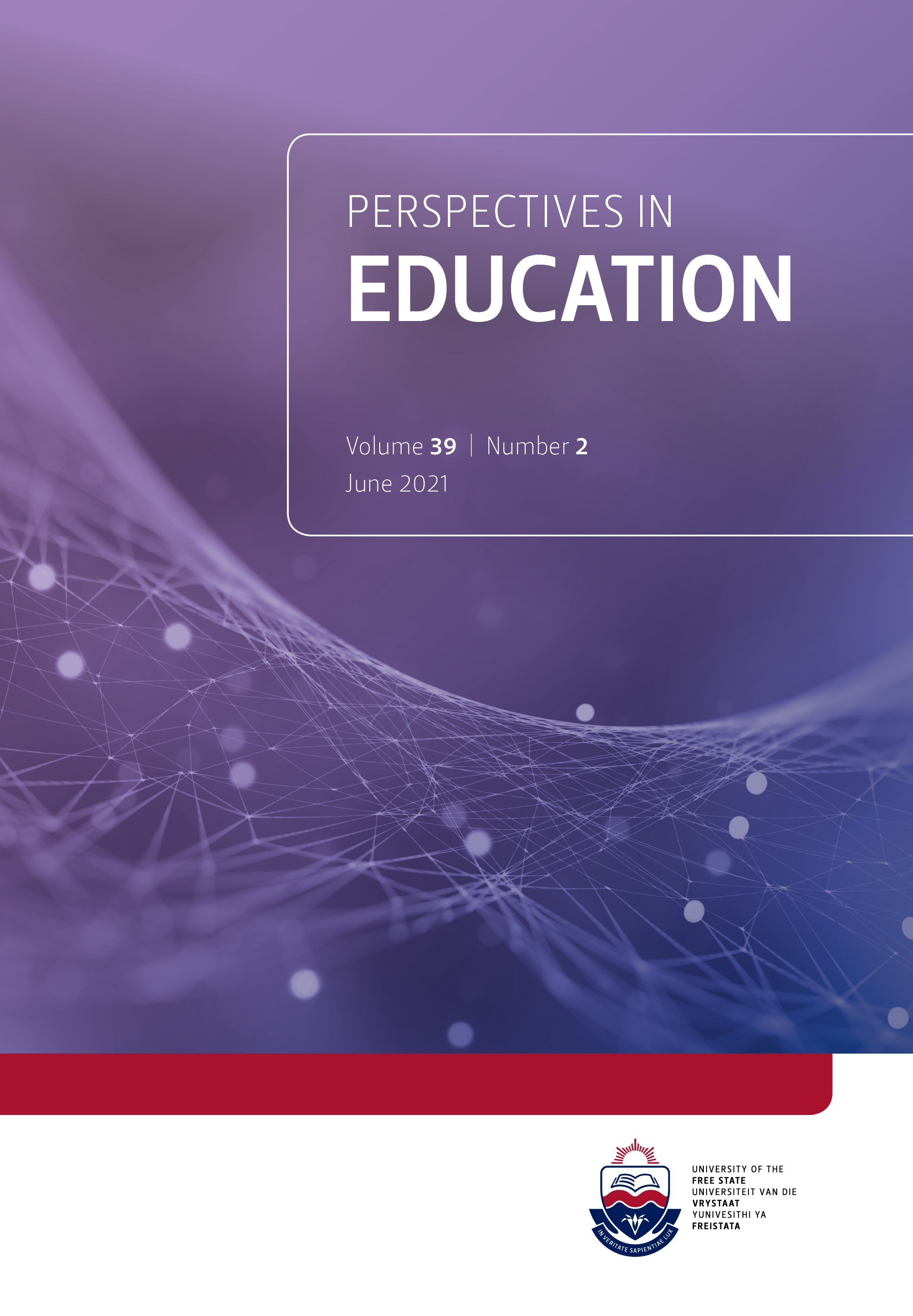The need of the hour: Adapting the delivery of clinical skills teaching remotely
DOI:
https://doi.org/10.38140/pie.v39i2.4442Keywords:
Clinical skills, Medical education, Remote teaching, Online/electronic learningAbstract
As the World Health Organization (WHO) announced the prevailing COVID-19 pandemic, the South African government enforced a nationwide lockdown in March 2020. The resulting closure of medical schools necessitated the provision of clinical skills teaching on remote platforms. This presented numerous challenges especially for skills that require face-to-face interaction and hands-on instruction. The Nelson R Mandela School of Medicine, University of KwaZulu-Natal modified George’s (2001) five stage process and devised a framework for online small group skills teaching with the help of videos. The adapted method retained as close as possible the significant concepts and frameworks of conventional face-to-face programmes allowing for continuation of teaching under the current constraints.
Downloads
References
Abraham, R.M. & Singaram, V.S. 2019. Using deliberate practice framework to assess the quality of feedback in undergraduate clinical skills training. BMC Medical Education, 19: 105. https://doi.org/10.1186/s12909-019-1547-5
Adendorff, M., Mason, M., Modiba, M., Faragher, L. & Kunene, Z. 2017. Being a teacher: Professional challenges and choices. SAIDE: Oxford publication.
Baeten, M., Kyndt, E., Struyven, K. & Dochy, F. 2010. Using student-centred learning environments to stimulate deep approaches to learning: Factors encouraging or discouraging their effectiveness. Educational Research Review, 5(3): 243–260. https://doi.org/10.1016/j.edurev.2010.06.001
Bourne, J.R. 1998. Net-learning: Strategies for on-campus and off-campus network-enabled learning. Journal of Asynchronous Learning Networks, 2(2): 70–88.
Dent, J., Harden, R. & Hunt, D. 2017. A practical guide for medical teachers, 5th ed. London: Elsevier.
Douglas, G., Nicol, E., Robertson, C. & Macleod, J. 2013. Macleod's clinical examination, 13th ed. Churchill Livingstone Elsevier.
Frehywot, S., Vovides, Y., Talib, Z., Mikhail, N., Ross, H., Wohltjen, H., Bedada, S., Korhumel, K., Koumare, A. & Scott, J. 2013. E-learning in medical education in resource constrained low- and middle-income countries. Human Resources for Health, 11: article 4. https://doi.org/10.1186/1478-4491-11-4.
George, J.H. & Doto, F.X. 2001. A simple five-step method for teaching clinical skills. Family Medicine, 33(8): 577-578.
Krackov, S.K. & Pohl, H. 2011. Building expertise using the deliberate practice curriculum- planning model. Medical Teacher, 33(7): 570–575. doi: 10.3109/0142159X.2011.578172
Kurtz, S., Silverman, J., Benson, J. & Draper, J. 2003. Marrying content and process in clinical method teaching: enhancing the Calgary-Cambridge guides. Academic Medicine, 78: 802–809. https://doi.org/10.1097/00001888-200308000-00011
Lewis, M.J. 2003. Computer assisted learning for teaching anatomy and physiology in subjects allies to medicine. Medical Teacher, 25(2): 204–206. https://doi.org/10.1080/0000000000000000000a
Mian, A. & Khan, S. 2020. Medical education during pandemics: A UK perspective. BMC Medicine, 18: article 100. https://doi.org/10.1186/s12916-020-01577-y
Moran, J., Briscoe, G. & Peglow, S. 2018. Current technology in advancing medical education: perspectives for learning and providing care. Academic Psychiatry, 42: 796–799. https://doi.org/10.1007/s40596-018-0946-y
Muñoz, D.C. 2010. Effective e-learning for health professional and medical students: the experience with SIAS-Intelligent Tutoring system. Studies in Health Technology and Informatics, 156: 89–102.
Münster, T., Stosch, C., Hindrichs, N., Franklin, J. & Matthes J. 2016. Peyton's 4-steps-approach in comparison: Medium-term effects on learning external chest compression – A pilot study. GMS Journal for Medical Education, 33(4): Doc60. https://doi.org/10.3205/zma001059.
Phyllis, A. & Guze, M.D. 2015. Using technology to meet the challenges of medical education. Transactions of the American Clinical and Climatological Association, 126: 260-270.
Republic of South Africa. 2020. covid-19/novel corona virus. Available at https://www.gov.za/Coronavirus/travel [Accessed 12 May 2020].
Salyers, V.L. 2007. Teaching psychomotor skills to beginning nursing students using a web-enhanced approach: A quasi-experimental study. International Journal of Nursing education Scholarship, 4: article 11. doi: 10.2202/1548-923X.1373.
Schwan, S. & Riempp, R. 2004. The cognitive benefits of interactive videos: learning to tie nautical knots. Learning and Instruction, 14: 293–305. https://doi.org/10.1016/j.learninstruc.2004.06.005
Tai, J., Haines, T., Canny, B. & Molloy, E. 2014. A study of medical students’ peer learning on clinical placements: What they have taught themselves to do. Journal of Peer Learning, 7: 57–80.
Walton, H.J. 1997. Small group methods in medical teaching. Medical Education, 31(6): 457–464. doi:10.1046/j.1365-2923.1997. 00703.x
Waseh, S. & Dicker, A.P. 2019. Telemedicine training in undergraduate medical education: mixed methods review. Journal of Medical Internet Research Medical Education, 5: e12515. https://doi.org/10.2196/12515
Wu, D., Bieber, M. & Hiltz, S. 2008. Engaging students with constructivist participatory examinations in asynchronous learning networks. Journal of Information Systems Education, 19(3): 321–330.
##submission.downloads##
Published
How to Cite
Issue
Section
License
Copyright (c) 2021 Dr Reina Abraham

This work is licensed under a Creative Commons Attribution 4.0 International License.





